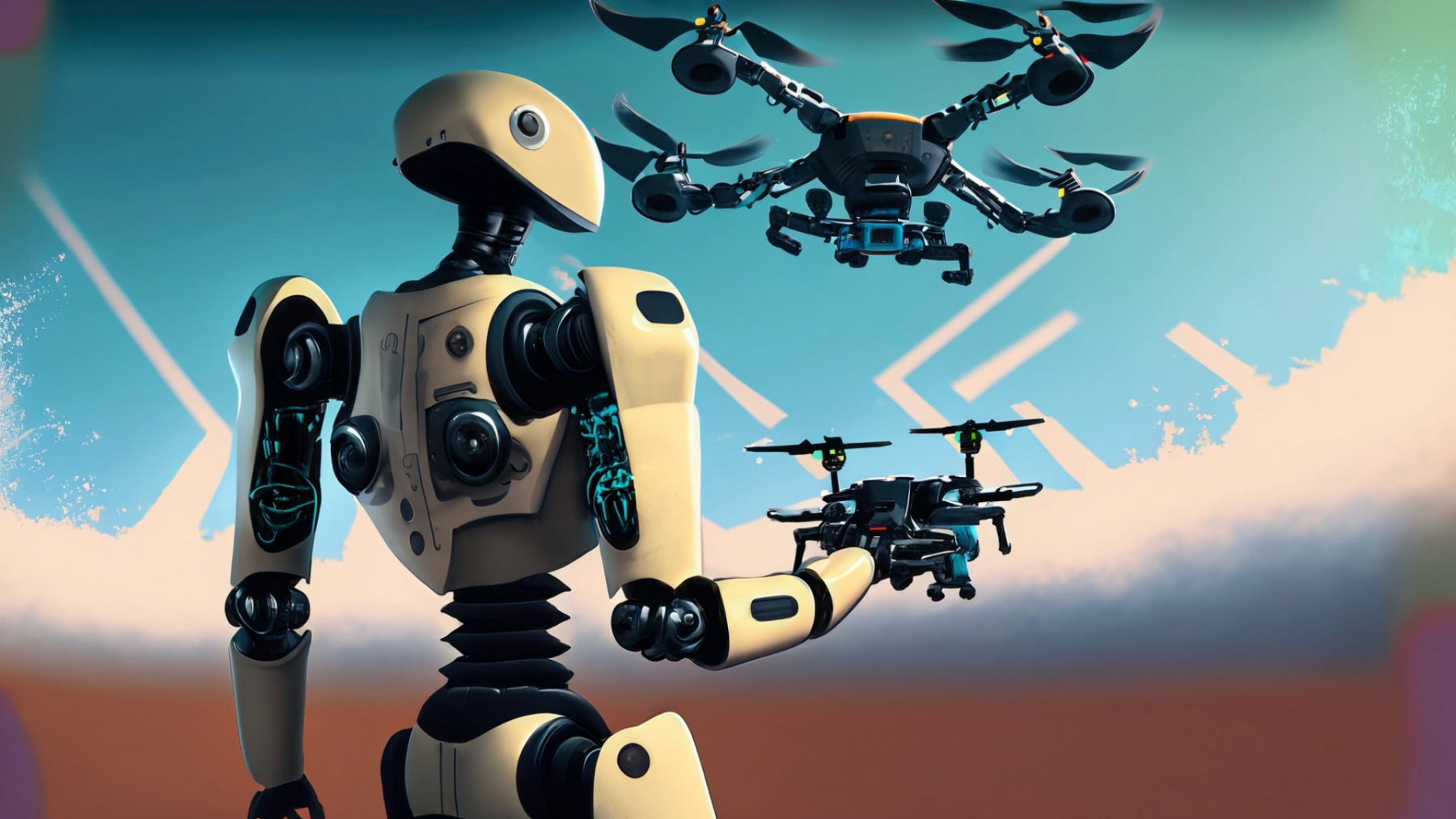
Drones: Using English as a Programming Language
by Nicholas Valdez
Students will learn the importance of clear, precise communication by directing a partner to navigate a drone through an obstacle course. This exercise will draw parallels to writing clear and unambiguous code in programming.
Students will be in pairs of 2, one acting as the drone operator the other as the "programmer." Students will focus on using clear communication where the programmer instructs the operator, whose vision is blocked either by facing backwards or blindfolded, how to navigate a simple obstacle course. The goal is to parallel this to computational thinking.
Lesson Plan Link/URL
https://docs.google.com/presentation/d/18iPcRBXCB3a7h8StYHxcWsfFi2Ovd_xA/edit?u…Subject Area
Science Physical Science P2: Objects at a Distance P3: Net Force Technology 1. Empowered Learner 2. Digital Citizen 5. Computational Thinker Engineering S3: Apply Mathematics to Engineering S5: Apply Technology to Engineering S6: Apply Communications to Engineering Mathematics Geometry (G) English Language Arts (ELA) Speaking & Listening
Featured
Off
Related Content

Grades:
4th Grade, 5th Grade, 6th Grade, 7th Grade, 8th Grade
Students create a polling station, using student-made buttons, a circuit, and coding a Micro:Bit, to discover and report current student trends.

Grades:
6th Grade, 7th Grade, 8th Grade
This lesson integrates technology (microbits), engineering design, and career exploration for middle school students. It encourages hands-on learning and critical thinking through the creation of

Grades:
7th Grade, 8th Grade, 9th Grade, 10th Grade, 11th Grade, 12th Grade
This is a lesson geared toward junior high and high school classes to introduce students to the idea of cryptography and encryption. This lesson could be simplified for younger students by removing